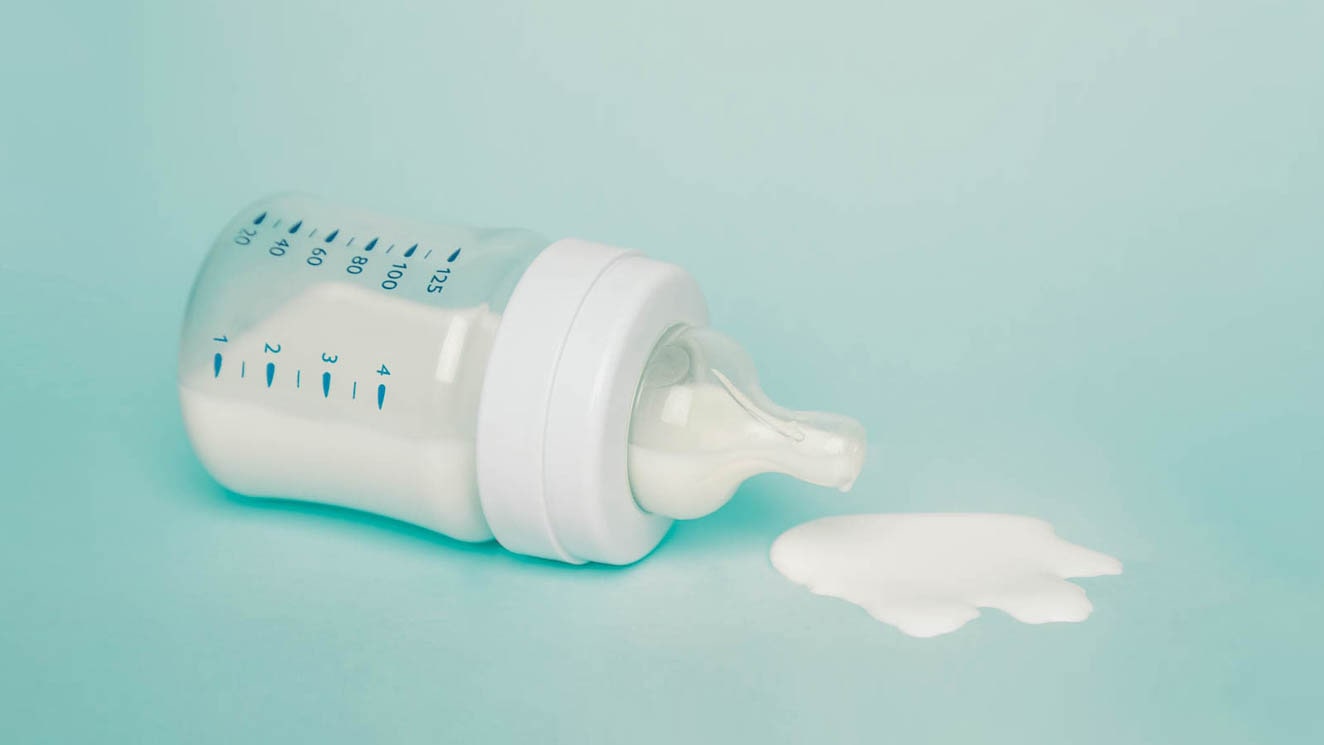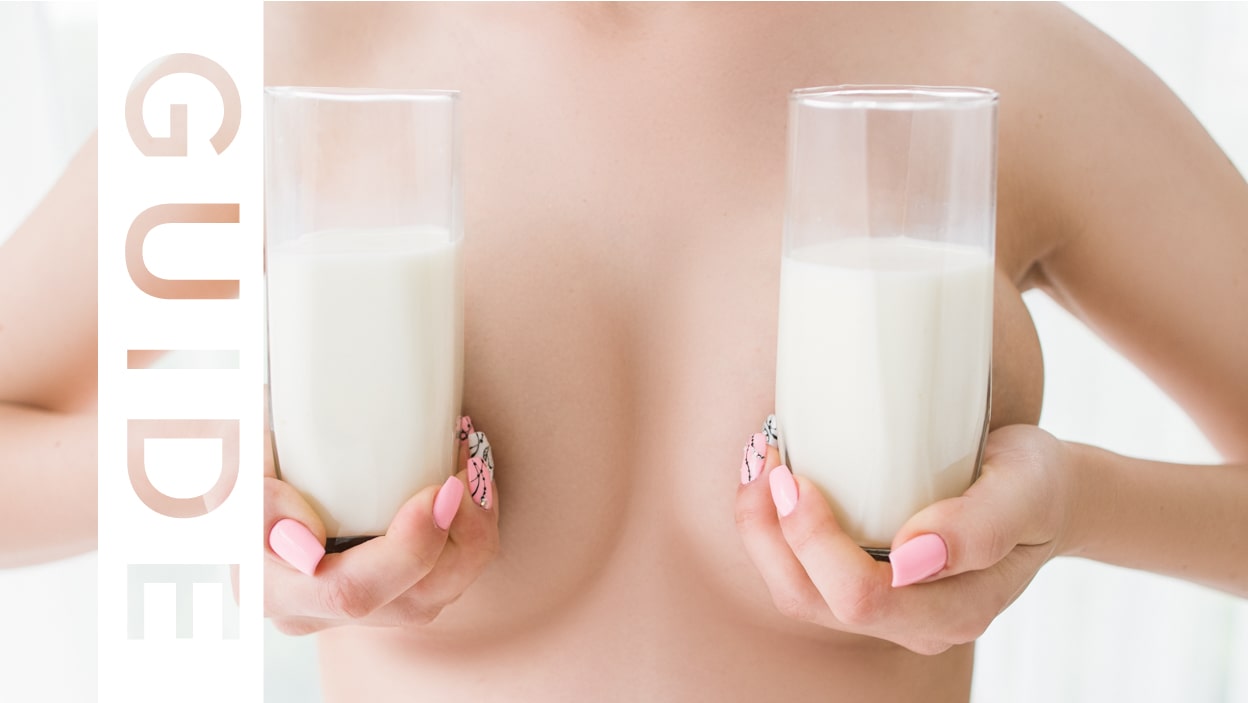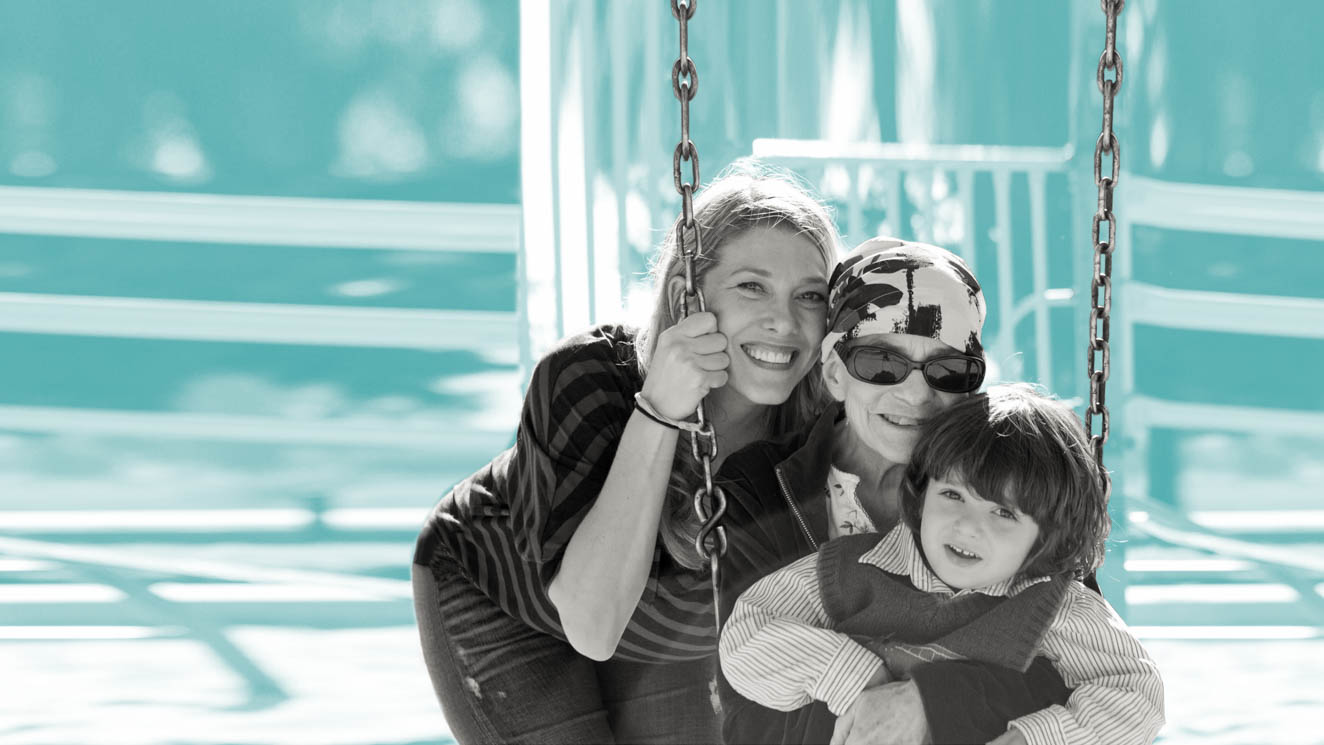

The lactation specialist held my days-old baby in the crook of her arm. I looked on as the woman fed my daughter using the end of a very thin, flexible tube threaded from a bottle of premade formula. Kalina sucked hungrily at the tube, which was pressed against the specialist’s index finger. I swallowed a lump in my throat. This was never how I had envisioned feeding my baby.
I’d made an appointment with a lactation specialist after feeling like a terrible mother for two days. “It hurts to nurse,” I’d told her with tears in my eyes, referring to the searing pain I felt every time my daughter latched on. And I wasn’t even sure I was doing it right. “She cries all the time,” I choked out. “I’m scared she’s not getting enough milk.”
After offering some encouragement that was nice but not enough to permeate the sense of defeat I felt in my chest, the specialist suggested complementing with formula. “Just until you get the hang of it,” she said, adding that this supplemental nursing method would also help train my baby to feed well from my breast.
I had desperately wanted to make breastfeeding work. But when the lactation consultant said this, the frustration I’d been feeling since my first go at breastfeeding finally gave way to relief, which surprised me. I didn’t realize how much pressure I’d been putting on myself.
What I didn’t realize at the time was that not only would the access to formula help nourish my daughter when my body couldn’t, but it would emotionally nourish me in a way that I didn’t know I needed.
My pregnancy was unexpected. I was 32 and not only navigating a career change, but also a move back to my hometown (a place I’d sworn after college to never return) to live with my longtime boyfriend. Marriage and kids were on our eventual horizon, probably, but we were excited to enjoy the benefits of a two-income household for a while and travel. It was my choice to leave behind the life I’d spent the past 10 years creating for myself, but once the moving boxes were unpacked, I found myself mourning both the job and city I’d left behind.
Finding out I was going to be a mother felt like another blow, and I was initially devastated. I cried in my walk-in closet—a luxury amenity, by the way, since in my new city the cost of living was much lower—after five different take-home tests confirmed I was pregnant.
Of course, I came, eventually, to acceptance. My life would change, dramatically, but I realized I’d already set that ball in motion the moment I turned in my resignation and gave my landlord a move-out date. After spending some time getting used to the (absolutely mind-blowing) idea that there was a tiny human growing in my belly, trusting me to take care of her, I knew there was no going back.
When my daughter Kalina was born, I understood that this new identity—being someone’s mom—wasn’t exactly intuitive. Unlike what you see on TV, there are just some parts of motherhood that don’t come naturally.
Even with the help of an expert, breastfeeding was our biggest struggle. In those first few weeks, it felt like a battle. I had to wrangle my body in a way I wasn’t comfortable with, squeezing my breast like a hamburger to get my daughter to latch correctly. We never really got the hang of it, and, as a result, my milk supply never became consistent enough to sustain my daughter. So we continued supplementing with formula, as the lactation specialist had suggested.
By the time Kalina was two months old, I decided to just stop trying to nurse. I was tired of being the only one who could feed her—pumping never yielded more than one or two ounces—but more than that, I was tired of feeling like I was failing at the one need of hers I should have been able to meet. She was taking the bottle more than she was my breastmilk anyway, so weaning wasn’t a concern.
My partner was relieved because I was. He’d recognized how much of a burden trying to nurse had been for me. After I packed away my pump and started buying powdered formula, life became much easier.
There were the logistical benefits: I no longer had to schedule errands around Kalina’s feeding schedule. If she cried while we were at the grocery store, it only took a quick minute to make a bottle, and I didn’t have to stop what I was doing to nurse her while worrying about offending someone. (As much as I believe in a woman’s right to feed her child whenever and wherever, I never became super confident about my own ability to nurse in different places, much less nurse in public.) Formula meant that I no longer had to plan my work life around her feeding needs. If I was busy on a story, my partner could step in. Or, if I wanted take a full afternoon for myself, I could do so without being on call to hurry home in time to breastfeed or pump.
But it was bigger than logistics. I felt released. My journey with breastfeeding had come with a set of invisible binds, tying me to our home and my pump—I’d been weighed down with worry. All of that was gone now. I could see myself again, thanks to the flexibility these small freedoms afforded me. Once the fog from agonizing over whether or not my kid was eating enough lifted, I found there were still pieces of myself that motherhood hadn’t taken away.
One afternoon, after giving my partner instructions about when our daughter would take her next bottle, I packed up my laptop, put on some lipstick and headed downtown to a noisy coffeeshop frequented by college students, artists and young entrepreneurs.
There, without my baby in tow, no one knew I was a mom.
It felt great to get lost in a crowd of people who—on the surface, anyway—weren’t worried about whether or not their kid was eating or sleeping or pooping enough. To the people in that coffee shop, I was one of them: Just a woman drinking an overpriced latte, trying to find an outlet to charge my laptop.







